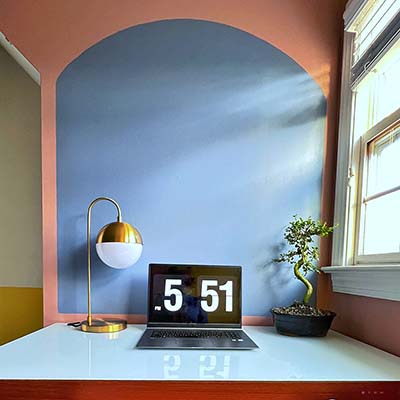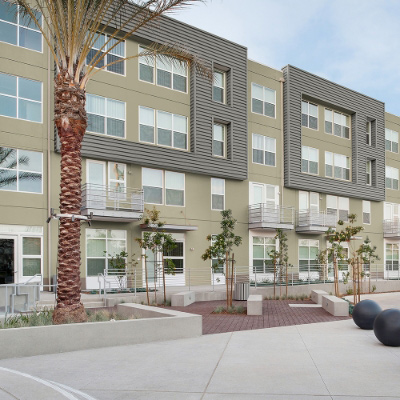Trends Review: What Is Biophilic Design?
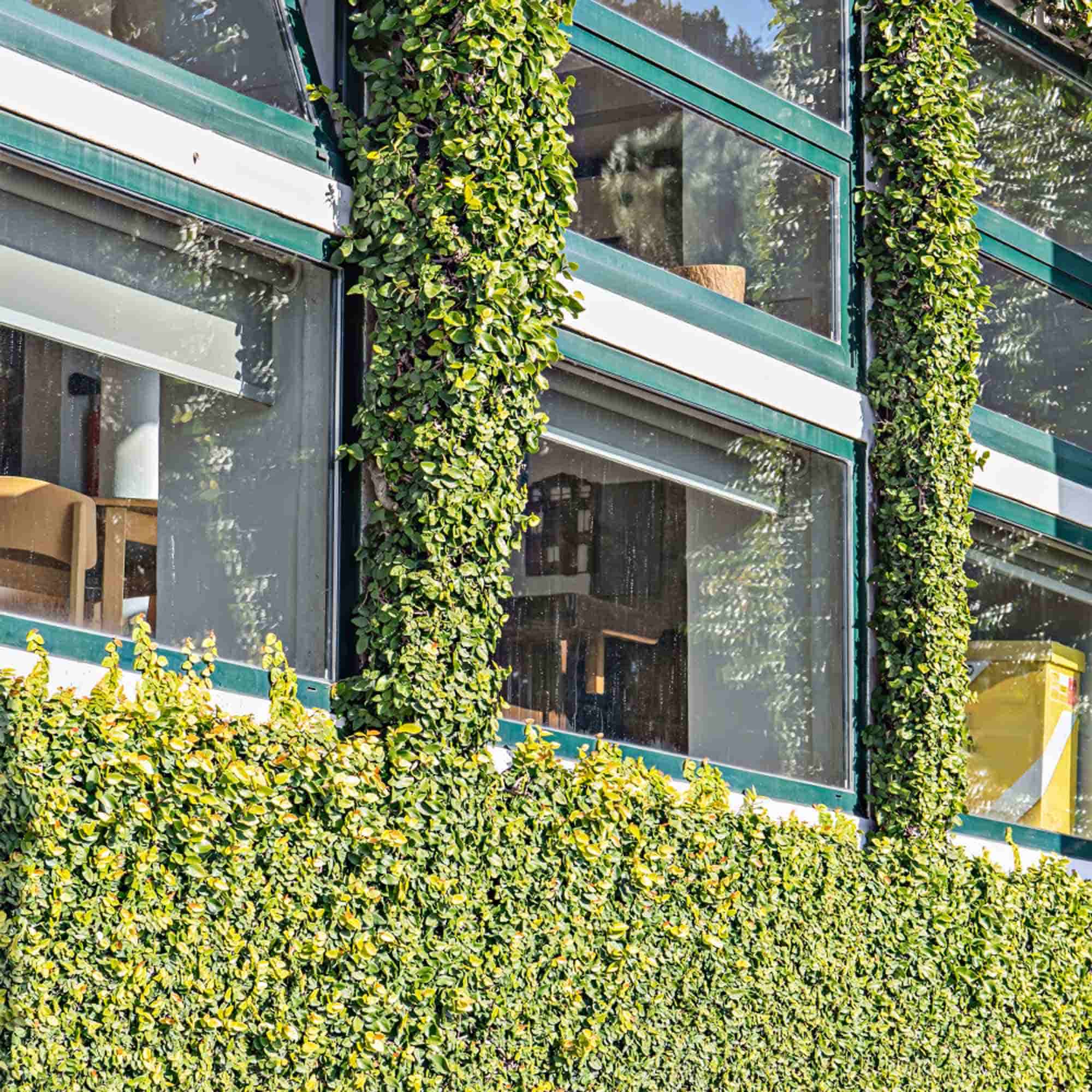
Last updated August 12, 2024
Biophilia is a trend in architecture and interior design that builds on the connections people feel with the natural world. For example, natural light, as opposed to fluorescent light, can reduce stress and increase energy. Biophilic design emphasizes the benefits of nature in residential and commercial design.
Biophilic design is increasingly popular due to its eco-friendly style and potential for improving property value, office productivity and health. This guide examines the benefits of biophilic architecture and design at home and the office.
Table of Contents
What Is Biophilia?
What Is Included in Biophilic Design?
What Are the Main Elements of Biophilic Design?
Benefits of Biophilic Design
More Tools. More Products. More Perks.
What Is Biophilia?
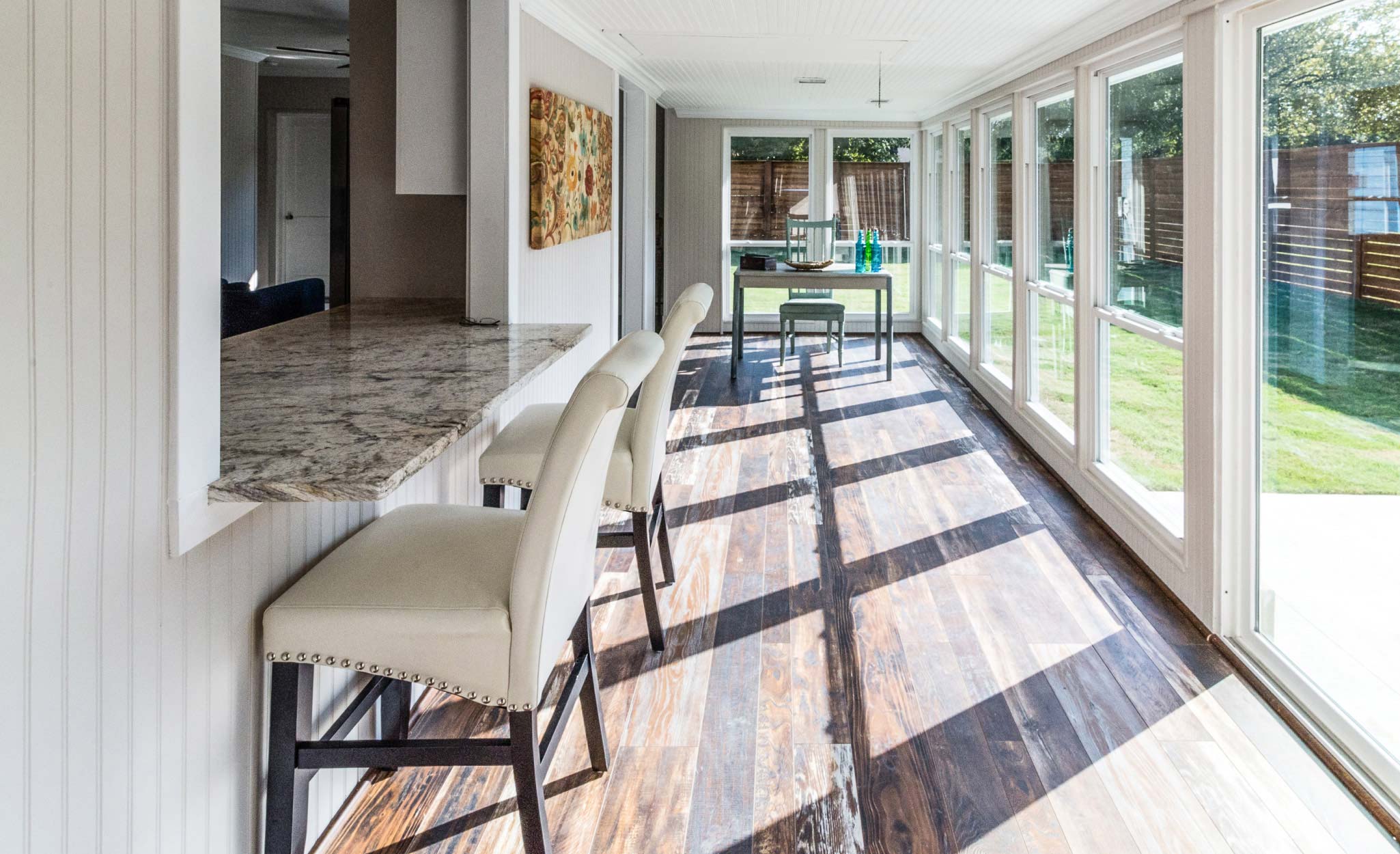
Biophilia is a rising design trend popular with millennials and other customers interested in sustainability. Biophilic design brings natural elements into buildings to evoke the positive feelings of being in nature.
Biophilic architecture is similar to green architecture, but green architecture focuses on sustainability and decreasing the building’s environmental impact. Biophilic architecture focuses on increasing the connection to the natural world.
Biophilic architecture and design have become more common in residential and commercial buildings for several reasons.
- Increasing interest in issues involving the environment, climate and sustainability have drawn attention to biophilic design.
- Design that imitates nature appeals to people who spend more time at home, such as remote workers. It can also make office environments more appealing and reduce turnover.
- Millennials value sustainability, driving interest in biophilic design as they buy more homes.
What Is Included in Biophilic Design?
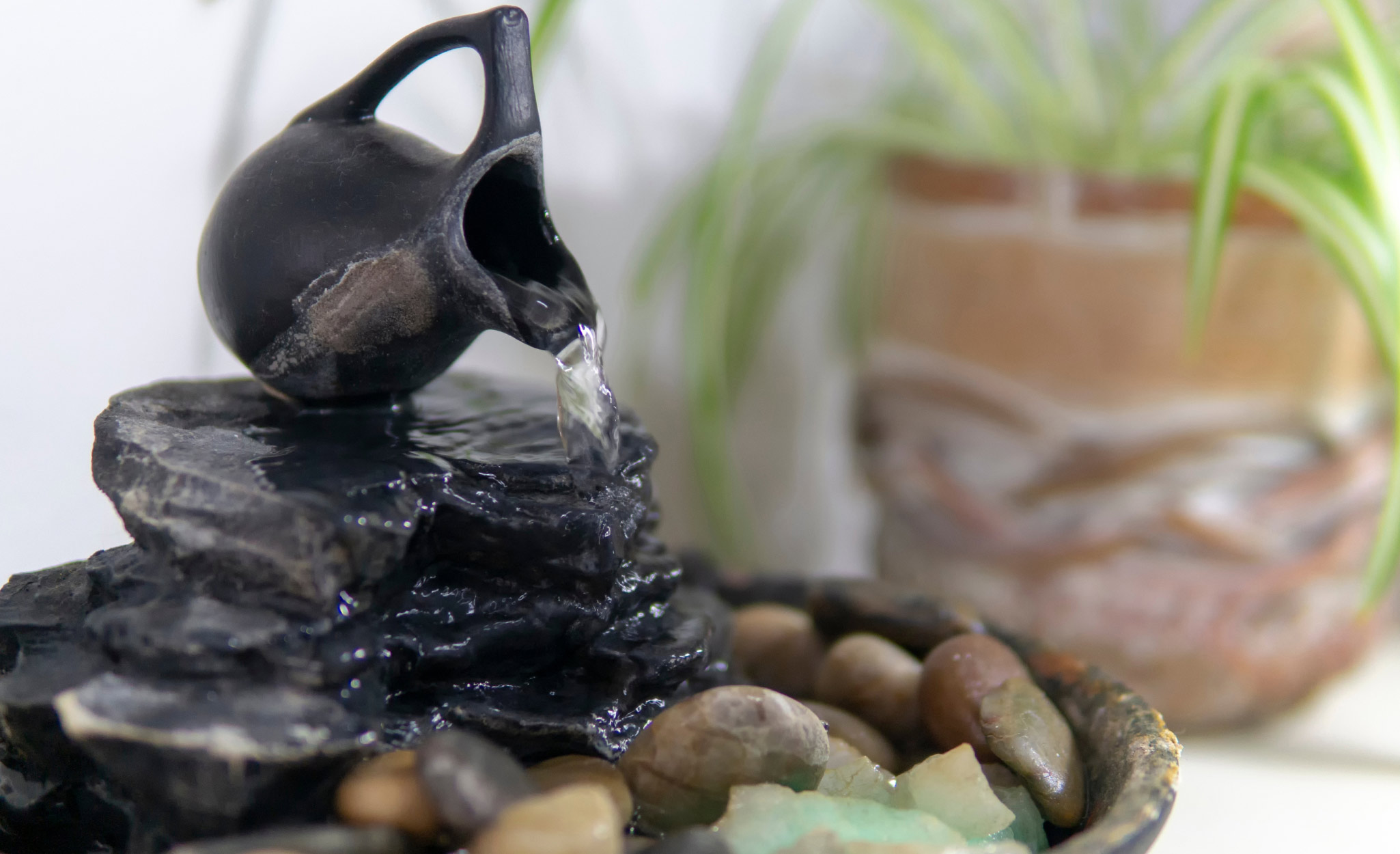
Current biophilic interior design has several elements. The most common involves bringing living things into the residential or commercial space, including the following:
- Live plants offer visual appeal and increase oxygen in the indoor space. This can include potted indoor plants and fresh flowers.
- Moss walls are effective at noise absorption while requiring less care than many indoor plants.
- Aquariums with live fish require daily care but have great visual interest.
- Water features such as indoor water fountains provide a soothing form of white noise at home or the office.
- Natural light can be maximized with skylights and more effective windows. This includes keeping the windows unblocked and opening them when weather permits.
- High-volume, low-speed (HVLS) ceiling fans increase air flow, creating the sensation of a light breeze and keeping the air fresh.
- Outdoor views that overlook green spaces or bodies of water are also considered part of this type of biophilic design.
Pro Tip: Consider making greater use of office outdoor spaces. For example, patios, balconies and roofs could be used for meetings or alternate workstations as weather permits. (Read our guide Design a Profit-Boosting Commercial Patio.)
What Are the Main Elements of Biophilic Design?
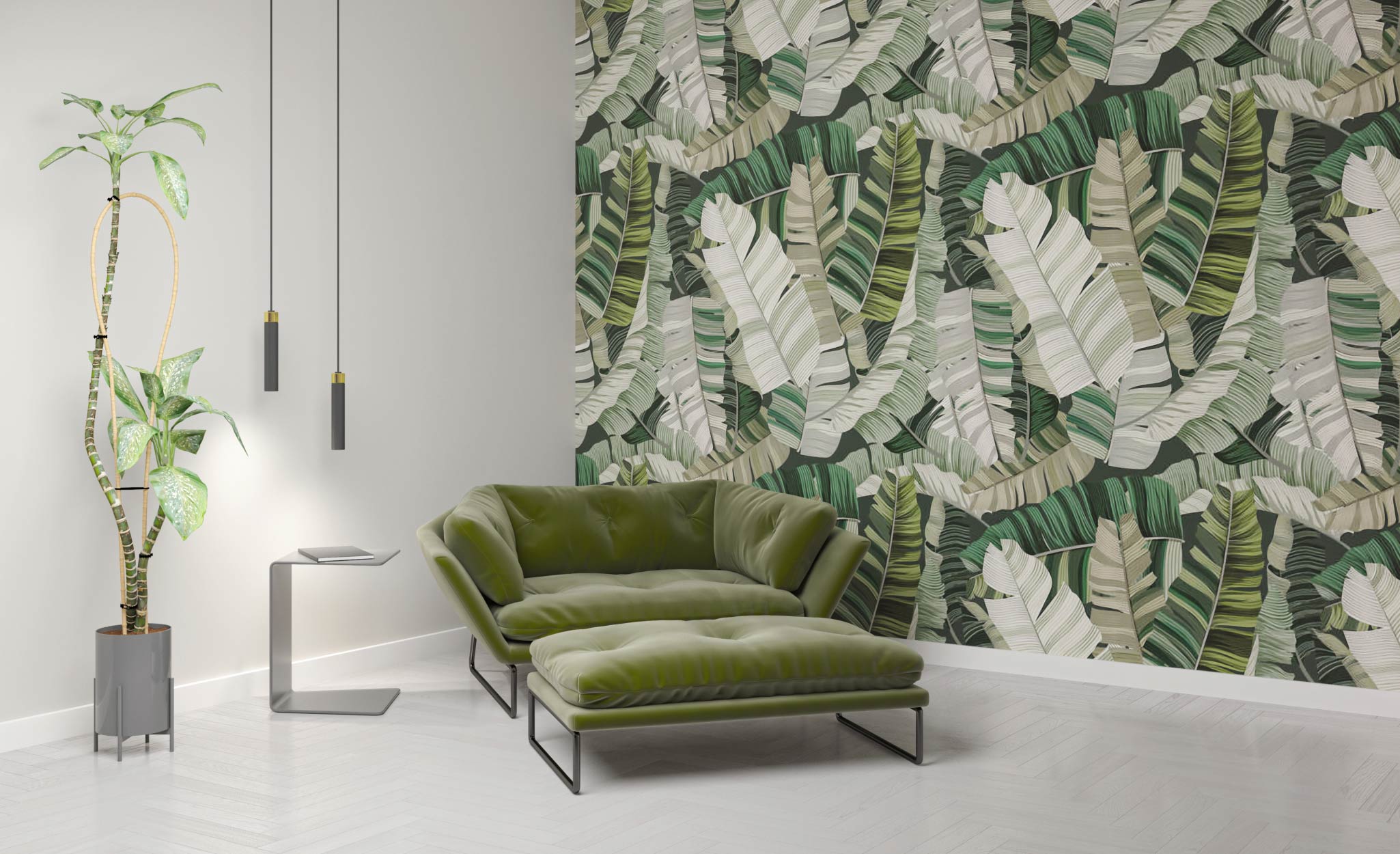
Other elements of biophilic design use decoration to create an indirect experience of nature. This includes decorating with colors, textures and patterns that evoke nature, including the following:
- Painting with natural colors such as brown, blue and green.
- Wallpaper that uses floral or wildlife patterns.
- Interior design with natural materials such as exposed wood grains, bamboo, rattan and stone countertops.
- Flooring that uses textures inspired by nature, such as mats that resemble wood.
- Decorating with natural fabrics such as cotton, wool or linen, including upholstery, area rugs, throws and bed linens.
- Wall art that depicts nature scenes, such as paintings and photographs.
- Lighting that uses cool blue or white lights to imitate natural light. Some offices use light bulbs with circadian modes that adjust over the course of a day to mimic natural light.
Biophilic design also focuses on spatial design in buildings. This includes open floor plans that convey feelings of freedom or smaller rooms that convey feelings of shelter or safety.
Pro Tip: Use colors, materials and other design elements inspired by the home or office’s specific natural surroundings.
Benefits of Biophilic Design
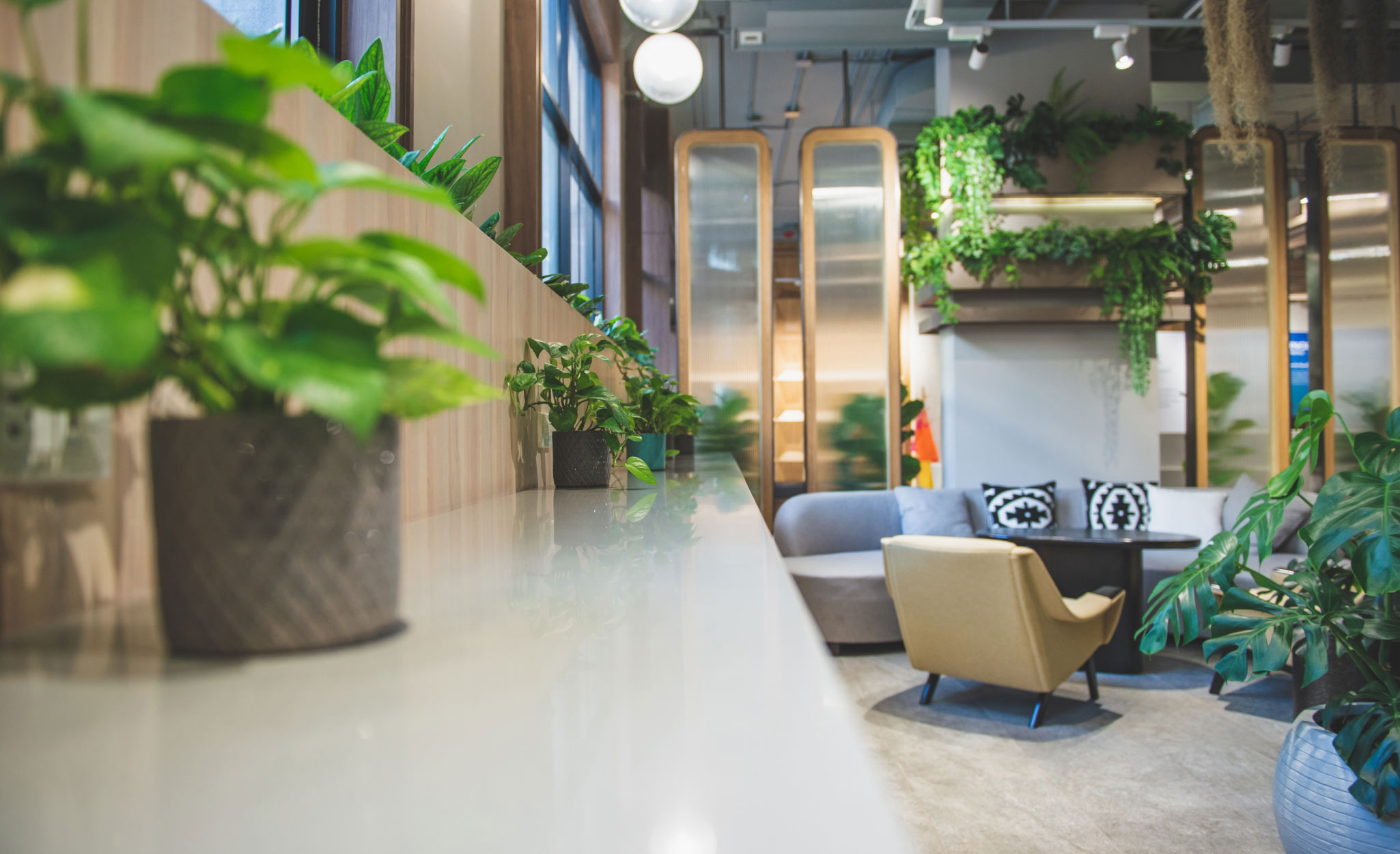
Biophilic design can potentially save a company $3,000 per employee every year, according to the study "The Economics of Biophilia" by the sustainability consulting firm Terrapin Bright Green. Biophilic architecture and design can increase property values and have other economic benefits at residential and commercial buildings.
- Incorporating plants in interior design can increase property values by as much as 5%.
- Reduced absenteeism and worker stress combined with increased retention and productivity can show significant workplace savings.
- When combined with energy-efficient systems, it can reduce energy bills and a building’s carbon footprint.
- Biophilia improves a building’s chance of receiving sustainability certifications such as LEED (Leadership in Energy Environmental Design) and The WELL Building Standard. (Read our guide Sustainability Certifications That Boost Your Property Value.)
- Hospitals and medical centers that use biophilic design show higher healing rates in patients, which can reduce healthcare costs.
- Retail stores with greater natural light and greenery show higher sales.
- Live plants improve air quality and provide higher oxygen levels, while natural wood moderates humidity levels. (Read our guide Plants That Purify Air.)
More Tools. More Products. More Perks.

Be more competitive and boost your bottom line with Pro Xtra, The Home Depot’s free loyalty program built for Pros. Sign up today to access the enhanced Pro Online Experience, built with the online business tools and time-saving features Pros need.
Save up to 20% on paints, stains and primers with Pro Xtra Paint Rewards. Pro Xtra members get free delivery on orders of 24 gallons or more, member savings in stores and online, as well as paint reps available to support business needs.




